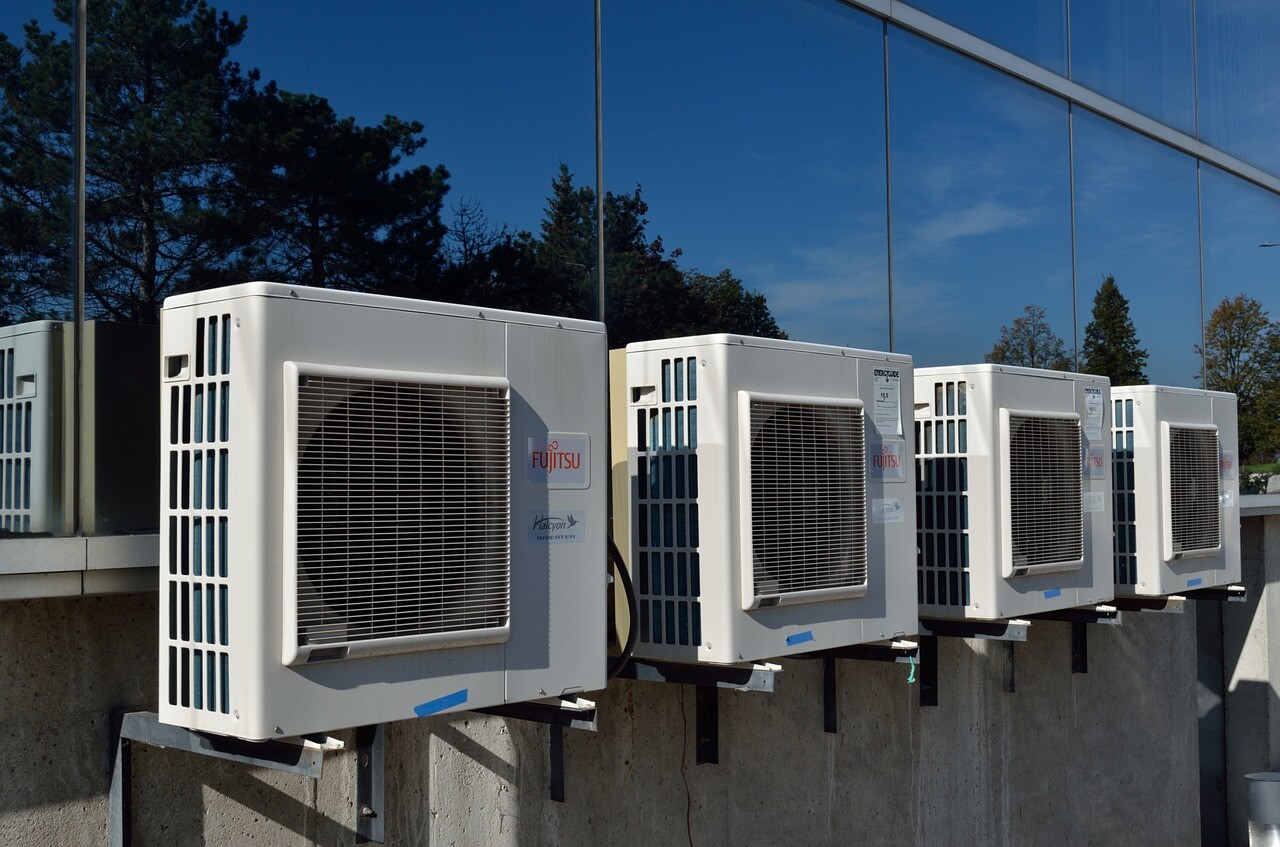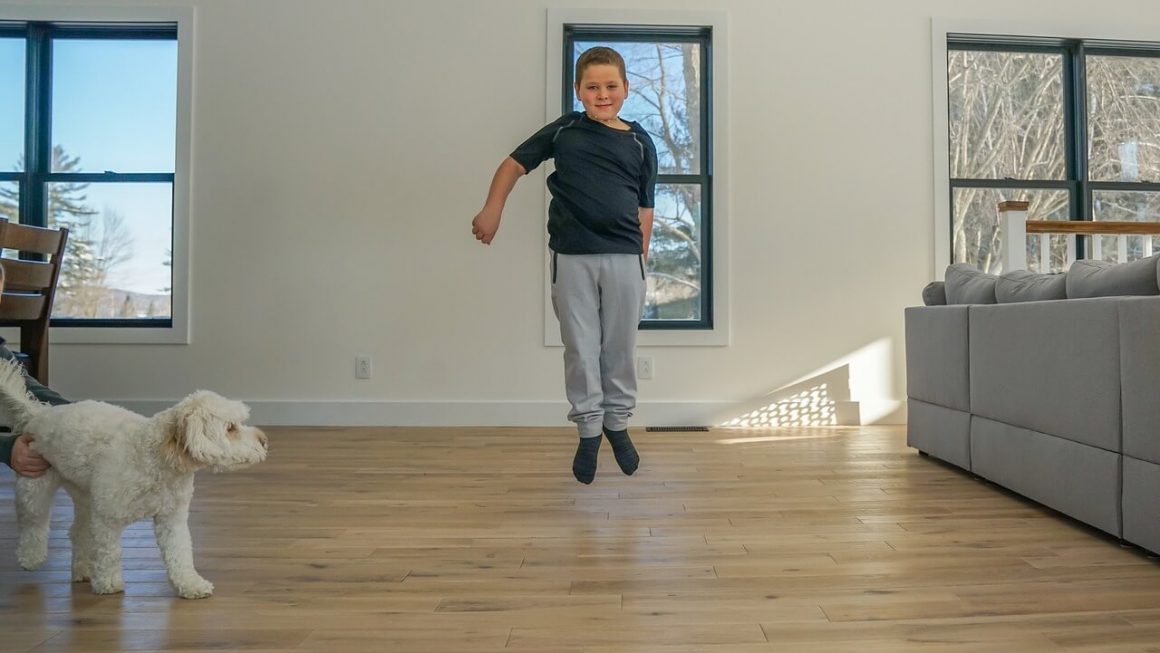VRF system’s maintenance is an arduous job that entails a variety of procedures. Professionals with extensive experience must carry out VRF system maintenance. The design of it differs depending on the application.
VRF technology generally allows several interior units or zones to share a single system. VRF systems can be heat pumps or heat recovery systems that provide heating and cooling. Read on to know how to maintain VRF systems over time.
Why Is It Necessary to Maintain VRF Regularly?
Maintenance allows you to avoid internal equipment and node failure. During diagnosis, various services are provided to determine and eliminate problems as quickly as possible.
Maintenance that is completed on time allows you to:
- Increases the capacity of cooling
- Helps in reducing costs
- The service life of internal assemblies is extended
Maintenance Tips for VRF Systems
Location of Installation
Always keep an eye out for the optimal location for VRF systems before installing them. People have installed VRF systems in the same location as their old HVAC systems in the past. It’s not the best approach to choose because the two systems are so dissimilar.
It is observed that indoors systems do not require much maintenance, however ones located outdoors do. This is because they are constantly exposed to extremes of dust, cold, and heat. Most importantly, keep them away from mud, water or dirt as this will limit their effectiveness and perhaps harm them.
Examine the Level of Insulation
You should examine the insulation level of your VRF system yourself or hire an expert to do so. Rising temperatures can result in a lot of residual heat at times. People would be restless due to the increased temperature inside. It may also become a source of sickness at times.
Ways to Improve VRF System
Heat Supplementation
With a drop in outside air temperature, a VRF system’s heating capacity decreases. It’s important to keep an eye on the system’s loads and size at all times. Additionally, you have the option of using an additional heat source.
Select the Defrost Option
VRF systems tend to cause frost build-up when in heating mode. Switch to defrost mode by shifting to cooling to avoid such build-up. The vapour generated from the defrost mode will dissolve the accumulated frost here. You won’t get heat from the system if you choose to defrost mode.
Capabilities for Insulation
Working temperatures for VRF refrigerants reach 190 degrees Fahrenheit in most cases. It means you’ll require insulation that can withstand temperatures of at least 248 degrees Fahrenheit. The refrigerant temperatures and pipe sizes determine the types and thickness of insulation. EPDM (a form of synthetic rubber) is widely used when it comes to insulation. Its closed-cell continuous vapour barrier is thought to be the basis for this.
Final Thoughts
Choosing VRF systems is one of the best decisions you can make. It will provide you with the most benefits for the least money. The points mentioned above are a few things you can do to get the most of your VRF equipment and keep your life breezy!




